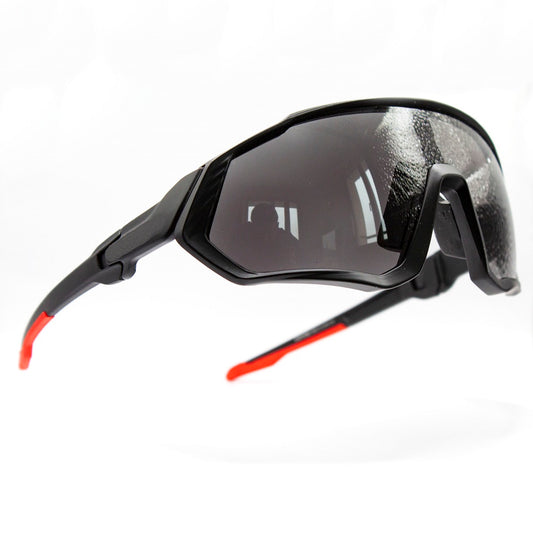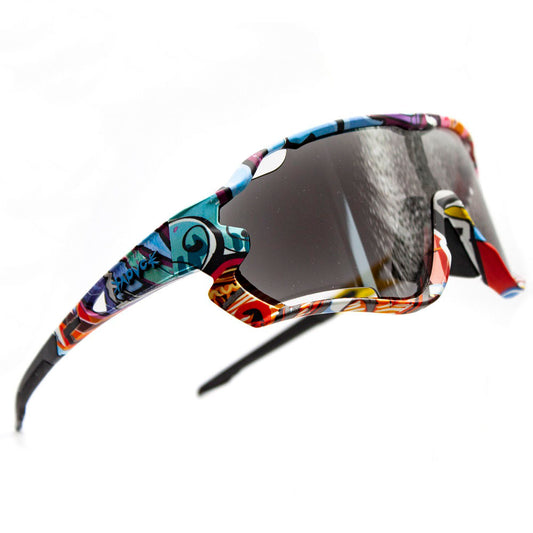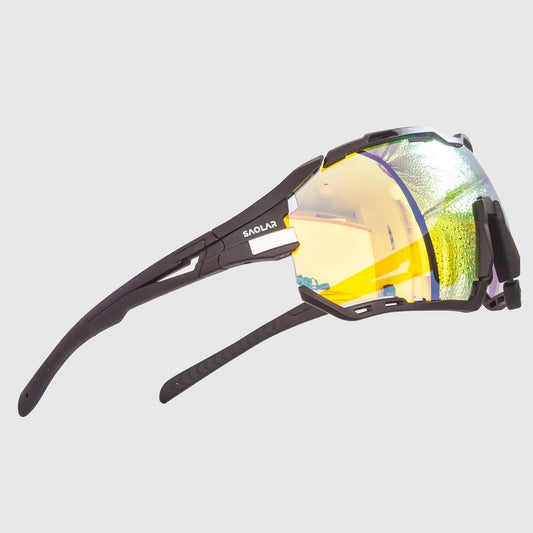Cycling or hiking enthusiasts, are you planning a mountain biking outing with your cycling friends soon? Will you enjoy filling up on fresh air or recharging in nature? Before the big departure, there are still some essential preparations for mountain biking. This will allow you to anticipate unforeseen events, but above all to hike safely. Discover here some tips to prepare your hike or mountain bike raid.
Physical and mental preparation
The most important step before embarking on a cycling tour is physical and mental preparation. A long mountain bike ride requires the cyclist to have the necessary physical strength, but also the mental strength to maintain motivation.
The physical preparation
This can be done weeks or even months in advance. Mountain bikers should do physical training such as cardio or endurance exercises. You can also do some strength training to strengthen the muscles most used during a mountain bike hike (calves, thighs, quadriceps, femur, etc.). Just before the start, it is important to warm up to prepare the body for potential efforts.
In addition, do not forget about nutrition which plays a crucial role in having the strength and energy to pedal. Fill up on vitamins and opt for slow sugar foods to boost energy (cereals, dried vegetables, rice, potatoes, dried fruit, etc.). Don't forget to hydrate by regularly drinking water.
The mental preparation
Mental preparation starts with good sleep in the weeks leading up to departure. Sleeping 6 to 8 hours a day is necessary to be in top form. Avoid stress and anxiety attacks before departure. Meditate, visualize your route, and do relaxing activities for better mental preparation.
Prepare routes for mountain biking
The first thing to do when planning mountain bike rides is to identify the routes and mountain bike trails available in the places you want to go. To do this, be sure to research as much as possible, through the internet and social networks, on forums or in hiking and mountain biking groups. You can also find out about regional hiking trails from the tourist office.
Choosing your course
It should be noted that there are 4 levels of courses for a mountain bike ride, and the classification is by color:
Green: very easy course,
Blue: easy course.
Red: difficult course.
Black: very difficult VTT route.
The choice of VTT course depends on your level of cycling, but also on the level and profile of the people accompanying you. Green and blue routes are family and cycling tourist routes. These are initiation routes of sorts. While red and black routes are reserved for athletes and those who have an advanced level. Opt for short and easy VTT circuits if you are still beginners. On the other hand, don't hesitate to venture into red or black routes if you are a pro cyclist.
Identifying refreshment points
When preparing for your mountain bike hike, don't forget to identify the available refreshment points along your mountain bike routes. This will allow you to anticipate in advance and schedule your breaks.
Also identify the camping points (inns, camping spaces, bed and breakfasts, etc.) if you plan to do a long crossing for several days. You can enjoy this mountain bike ride for cycle tourism, visit historical sites as well as natural areas.
Preparation of essential equipment
Once the routes have been identified, it is now time to prepare the essential equipment for safe bicycle travel. In your bicycle hiking bag, you should have:
The essential safety equipment: helmet, gloves, leg warmers, knee protectors, shoes adapted to prevent falls or slippage on the pedal. Do not forget the first aid kit or survival kit.
Protective equipment: sunglasses to avoid UV rays, sun cream to prevent your body from burning, windproof or waterproof jackets against the weather (rain, wind, etc.)
Clothing: choose comfortable clothing, with a breathable fabric that does not retain sweat. Also choose clothing that offers thermal comfort: that keeps you warm when it is cold or that cools you down when it is hot. The number of layers of clothing will depend on the season, but generally 2 layers may be sufficient.
Also consider other equipment considered necessary for bicycle hikes such as the topoguide, compass, altimeter. If you plan to sleep under the stars, do not forget the sleeping bag, camping tent, etc.
Preparing the mountain bike
No bike ride without a bike. The next preparation step, and the most crucial one, is the choice and preparation of your bike. For a problem-free mountain bike ride, choose a mountain bike that is suitable for your body shape, your level and your physical abilities.
If you opt for bike rental, choose based on the type of terrain. For a ride on moderately or highly rugged terrain, you will need to equip yourself with an intermediate or expert mountain bike.
If you already own one, make sure your mountain bike is in good condition. Do the necessary checks before hitting the road: check the braking system, the condition of the tires, the front and rear derailleurs. Also check the steering, chain tension, saddle, lighting, etc. Don't forget to do some greasing before leaving.
For a safe mountain bike ride, don't forget to bring emergency equipment such as a bike pump, puncture prevention devices, preparation tools, spare inner tubes, etc.




